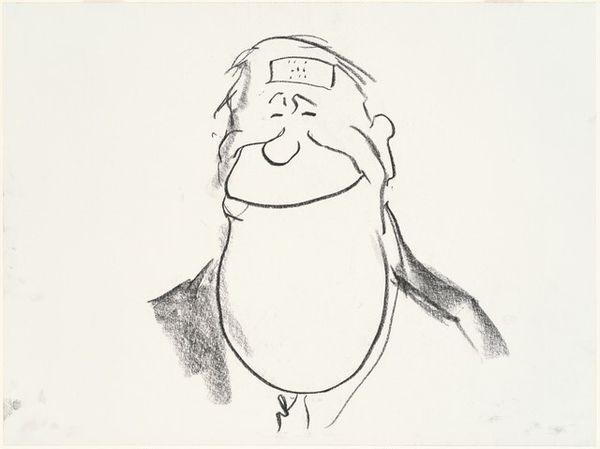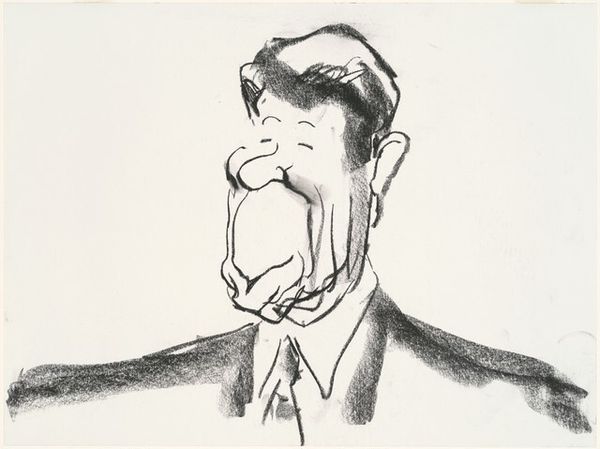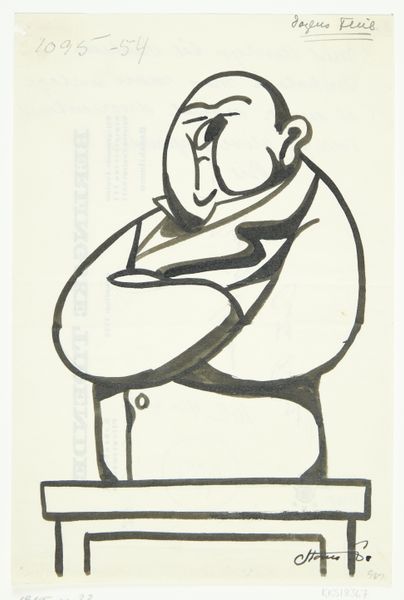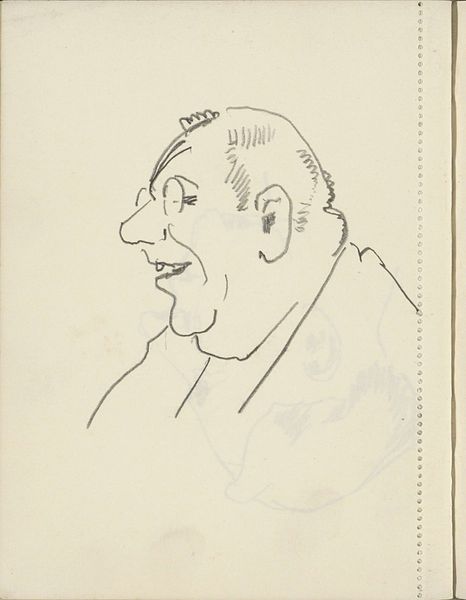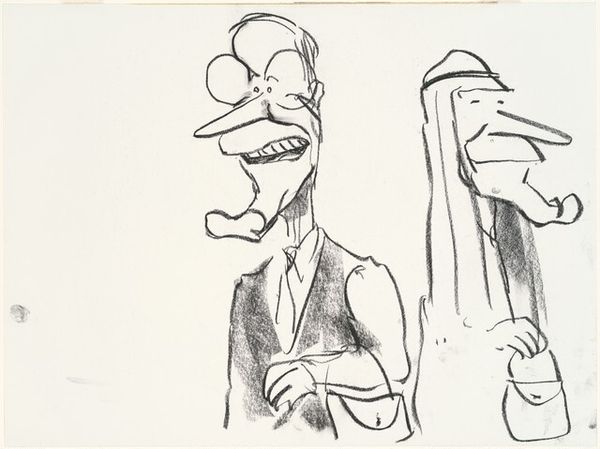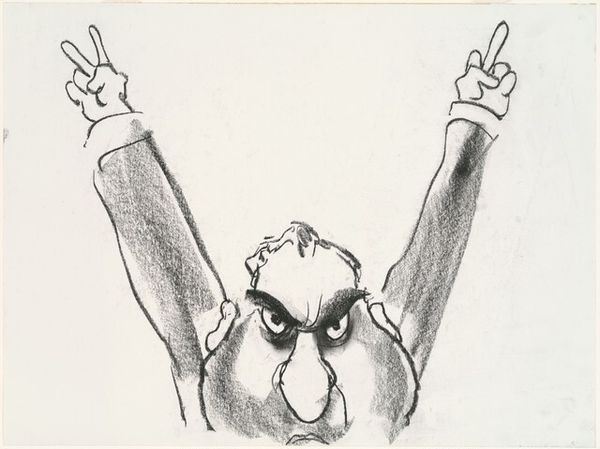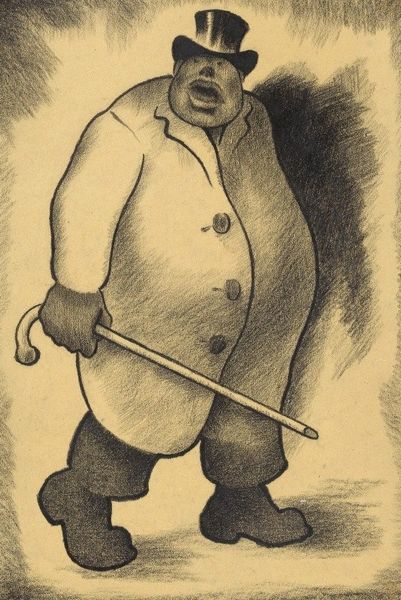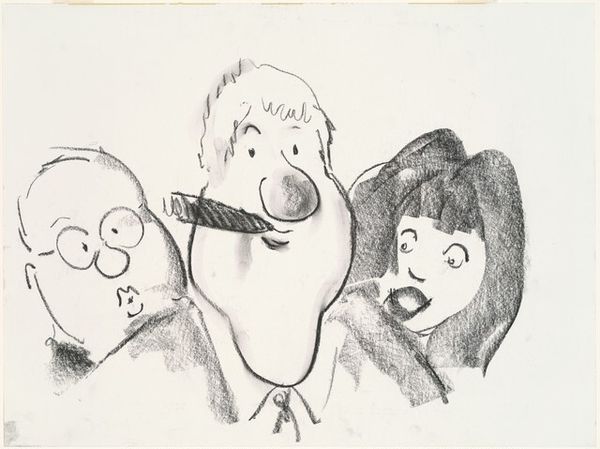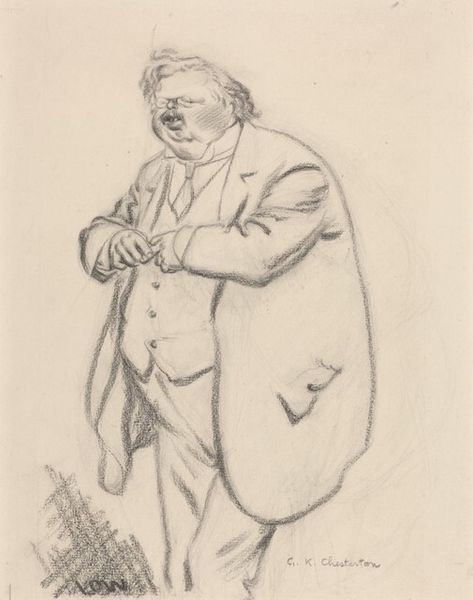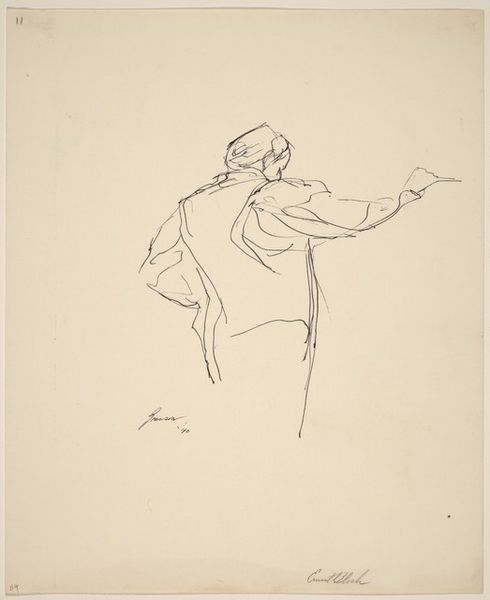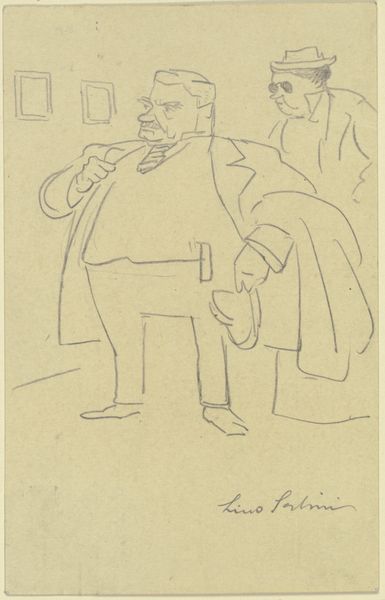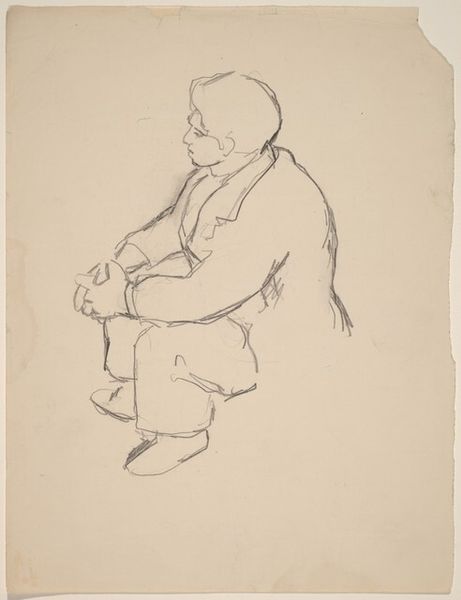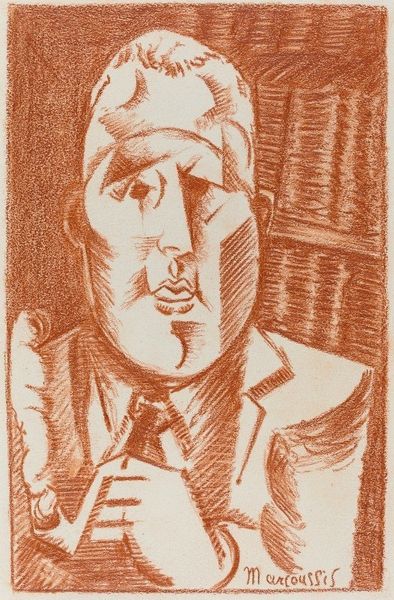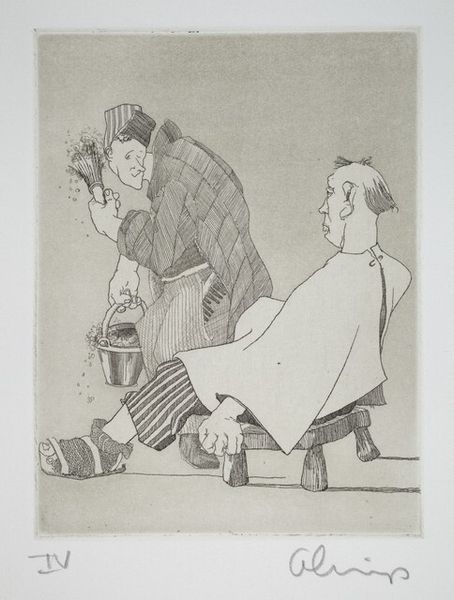
drawing, ink
#
portrait
#
drawing
#
contemporary
#
ink drawing
#
caricature
#
ink
#
portrait drawing
Dimensions: sheet: 45.72 × 60.96 cm (18 × 24 in.)
Copyright: National Gallery of Art: CC0 1.0
Editor: So, this is Pat Oliphant's 1999 ink drawing, "Jerry Falwell." It's… striking, to say the least. It feels like a real power play on Oliphant's part, this exaggeration of Falwell’s features. What's your read on it? Curator: It's a potent piece, particularly when viewed through the lens of political and social critique. Caricature, at its best, dissects power structures. Consider the context: Falwell's rise corresponded with the ascent of the Religious Right in American politics. Editor: Right, he was hugely influential. How does the drawing tap into that? Curator: Oliphant uses the exaggeration – that nose, those jowls – to make Falwell appear almost… predatory. The loose, almost brutal linework emphasizes a certain ruthlessness. What effect do you think that has on viewers familiar with Falwell's public persona? Editor: I guess it reinforces pre-existing opinions, maybe even provokes a reaction. But is it fair? Doesn't it reduce a complex person to just a few unflattering features? Curator: That’s the ethical tightrope of political art. Is it meant to be fair, or is it meant to spark critical engagement? It certainly reflects a specific ideological stance. Does the work’s success hinge on agreeing with its perspective? Editor: That's a great question, it opens it up for people whether they align or not to still be able to engage and view critically. Thanks, it's a good reminder to think about the bigger picture.
Comments
No comments
Be the first to comment and join the conversation on the ultimate creative platform.
